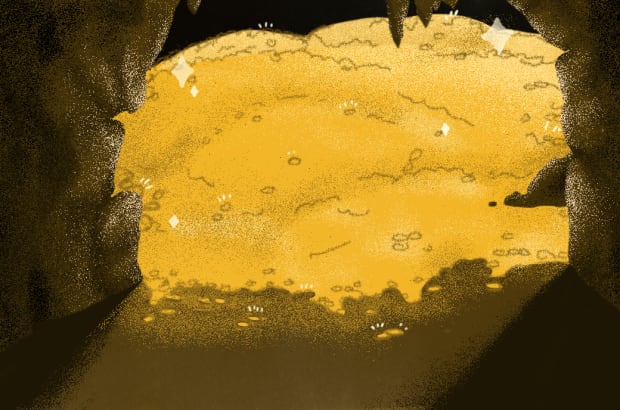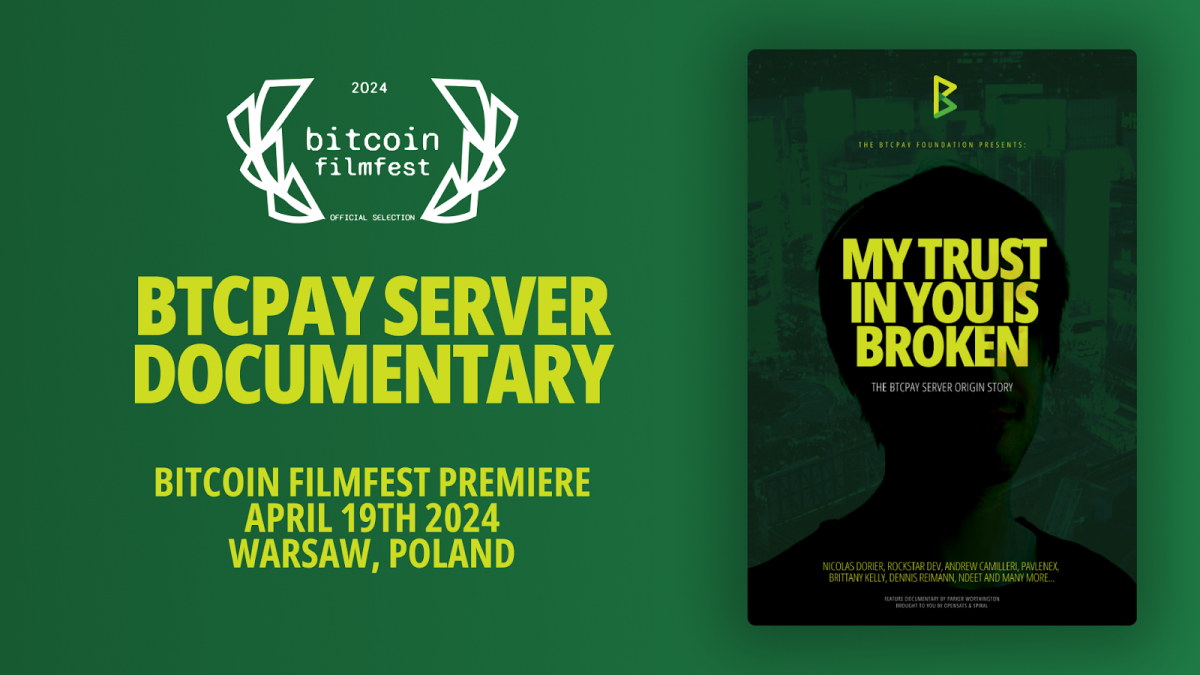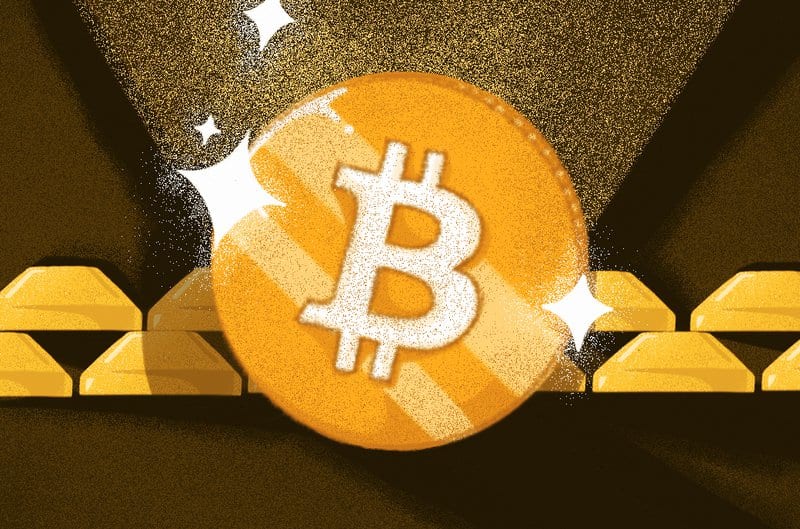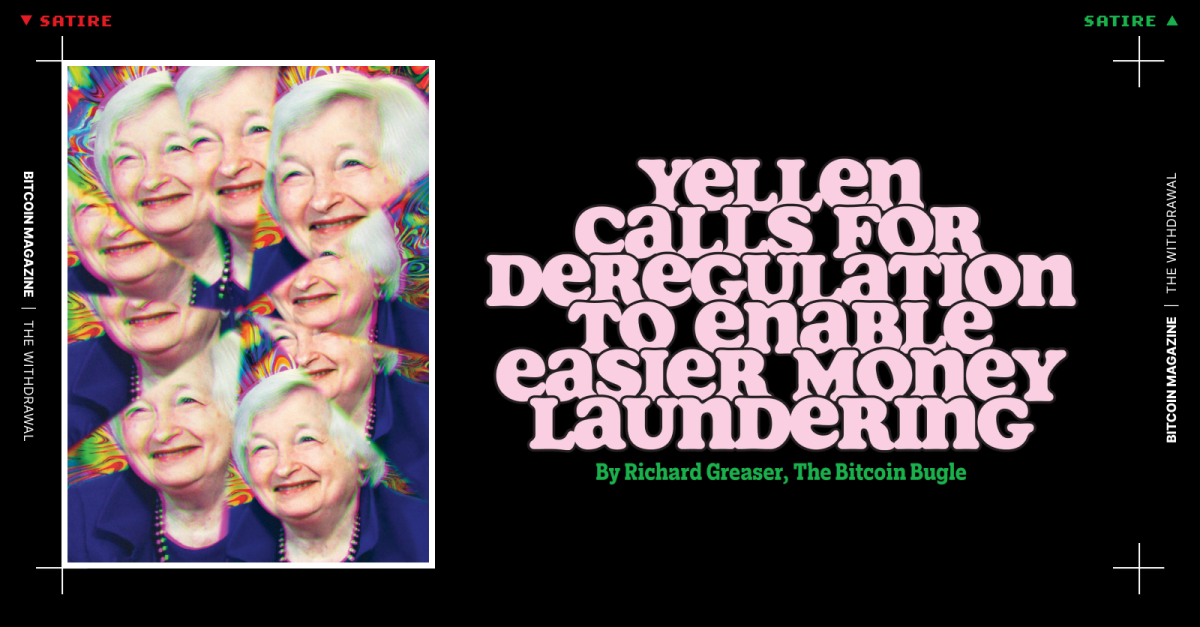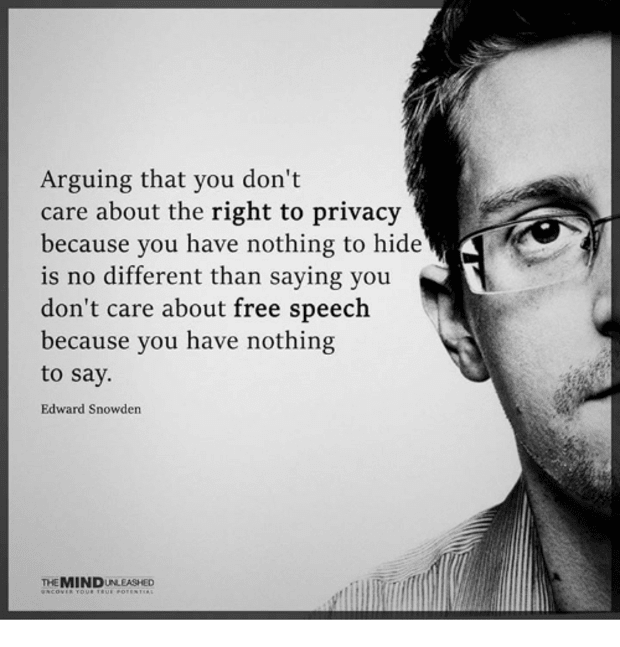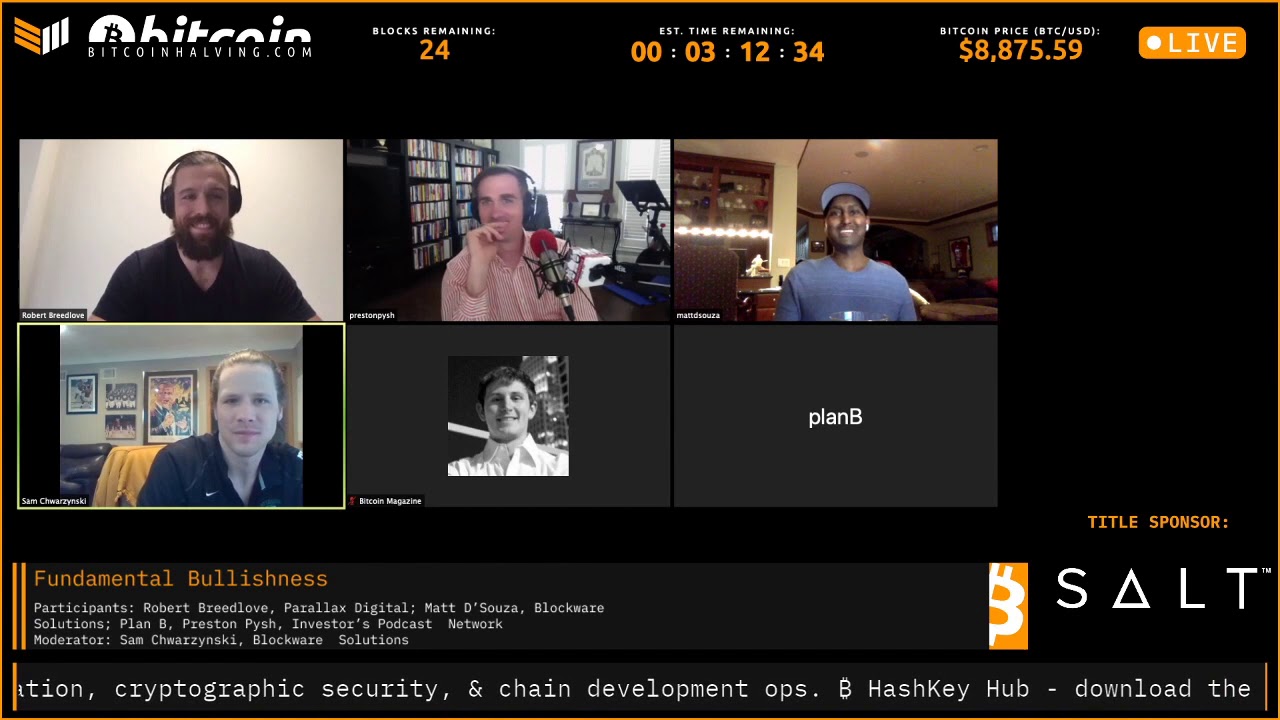Living on Bitcoin in Europe: High on the Hog in Arnhem
Bitcoin Magazine supplied reporter Colin Harper with a fistful of sats and set him loose in Europe. This is the second installment in his “Living on Bitcoin in Europe” series. Catch up on Colin’s earlier adventures in Living on Bitcoin in Europe: From Amsterdam to Prague, No Cash Required.
Rolf, the BnB owner, woke me at around 8:30 a.m. while he was on his way to work to explain how to get breakfast. I wasn’t quite ready to wake up but, having gotten enough sleep to recharge, I began messaging Patrick van der Meijde (the founder of BitKassa, the bitcoin PoS used by the entire city and the driving force behind why Arnhem is so bitcoin friendly) and started planning my day.
Arnhem advertises over 100 bitcoin-accepting venues within its city, all in about the same two to three kilometer radius. For a city of roughly 156,000, this is an impressive density of bitcoin-accepting merchants.
Bitcoin’s relative popularity here shows most in the variety of things you can buy: From organic food, car parts, Palestinian sweets, and even (yes, really) an escape game, Arnhem has just about everything under the sun. There’s even a bike shop, though I opted out of buying a secondhand bike there because it would have obliterated my budget. But Arnhem is an extremely walkable city, so after breakfasting and asking Patrick for his favorite spots (which elicited a detailed response worthy of a travel pamphlet), I set out to test just how bitcoin-friendly Arnhem really is.
My first stop was to what Patrick proclaimed was the first and only BTC-accepting gas station in Europe (and perhaps the world) because my dumb ass forgot to bring an outlet converter for my American power cords.
A Bitcoin-ucopia
A raven-haired woman with racoon eyes from excessive application of eyeliner greeted me as I came in the store. She assured me that they accepted bitcoin but didn’t seem too enthralled by the idea that this was my only payment option. They didn’t have any adapters, but they did have a charger head with a USB port, which was close enough.
As she grabbed a tablet to process my payment through BitKassa though, she ran into a problem. She tapped out the amount with inch-long, probably fake, purple nails only to have the QR code and billing information fail to load. Money of the future, brah.
“Don’t worry about it,” I said and left the shop. Patrick said to call him if anything went wrong with the PoS systems, but I didn’t want to bother him and I could buy a charger elsewhere, I reckoned.
Now, you might think this episode would have been a cause for concern, that the entire experiment was now endangered because of this hangup. I wasn’t too worried though. I had seen BitKassa in action in Amsterdam, so I was confident this was just a glitch. Optimistic, I then made my way to Mijn Tafel.
This thrift store literally translates to “my table.” Conceptually, it’s very much like most antique stores in the U.S. where vendors will rent space from a shop owner to showcase their wares.
Deriving much of my aesthetic from such secondhand consumerism, I was shivering with hipster glee. The prospect that a thrift store would accept bitcoin was too much. Per usual, I made sure that the store really did take bitcoin before I started shopping. Once I got confirmation, I went digging.
I had to set a cap for myself. Once inside the store, the magpie in me was set free and I wanted to accumulate all of the things. Clothes were for sale, of course, along with the usual melange of household tools, junk and goods you can find at any Goodwill in the States. There were also electronics, antiques, foodstuffs and (if you can believe) an entire shelf of Heinz ketchup.
There were also records — lots of them. I spent most of my time poring over the various vinyls mashed cover-to-cover in crates and boxes around the store. (Desperate to recreate a less-efficient, but seemingly purer, version of the same music we can download on Spotify, Apple Music or from torrenting online, my girlfriend and I are part of the stereotypical millennial fold that’s into vinyl.)
The Dutch (or at least these Dutch) have a penchant for classic rock and old school blues, with a peculiar mix of classic country and hair metal sprinkled between. There were strange records of bands I had never heard of with terrifically odd covers, along with Dutch records that I had no business even trying to decipher.
To my delight, I found multiple copies of records from the Steve Miller Band, Pink Floyd, The Beatles, Johnny Cash, Creedence Clearwater Revival, Chuck Berry and Queen, among others. Again, I had to set a cap for myself (do I buy Animals or Saucerful of Secrets?, Abbey Road or The Beatles Greatest Hits?).
After spending conceivably an hour flipping through records, I finally settled on Animals and Abbey Road. A bespectacled, middle-aged man crowned with a thinning patch of bristled blonde hair checked me out.
I asked him how often people choose to pay in bitcoin.
“Not much,” he replied. “Maybe it is one or two a month,” which I took to mean that almost no one besides Patrick or Annett de Boer, one of Patrick’s business partners and BitKassa’s other chief bitcoin missionary, did so.
My on-chain payment was accepted relatively quickly. I thanked the shopkeep and left.
On the Sweeter Side
Jubilant, I crossed the street to another bitcoin-accepting shop, Nablus Sweets. After this trip, my girlfriend and I would be vacationing in Brussels with some of our friends, so I wanted to bring them a housewarming gift (and also to convince them that my line of work and industry are real, because nothing says, “No, really, it’s definitely legit money and definitely not internet ponzi points” like a box of Middle Eastern bonbons).
A short, Palestinian man with a clean cut and clean shave answered all of my questions in tentative English. Over the counter, tiered-serving trays showcased enticing treats: rolled pistachio and walnut baklava, syrup-soaked almond cakes, tiny nests with pistachio “eggs” resting inside. I bought two small boxes worth of all of the above and a few others, one for me (to be inhaled later that night) and one for the couple we would be visiting. The shopkeep crowded the sugar-sopped sweets into two to-go containers, I paid on-chain again and bid him a good day.
Walking out, I proceeded to an electronics shop for an outlet adapter — which was also on the same street. Buying an adapter is about as thrilling as it sounds, so I’ll spare you the details. Oh, I was almost the first person they had to pay through Lightning, but I didn’t have enough outbound capacity.
Anyway, I had only been gone for half an hour and I had already managed to spend my entire daily budget. Granted, I wouldn’t expense any of these purchases with The Company , as they weren’t essentials. But having said that, I was encountering the opposite problem that I’d had in San Francisco; I was finding too many ways to spend bitcoin. I would have to reel it in — at least in Arnhem — if I didn’t want to drain my wallet before I reached the second country on my itinerary.
, as they weren’t essentials. But having said that, I was encountering the opposite problem that I’d had in San Francisco; I was finding too many ways to spend bitcoin. I would have to reel it in — at least in Arnhem — if I didn’t want to drain my wallet before I reached the second country on my itinerary.
I mean, c’mon, y’all — I had bought vinyl records and Palestinian sweets with sats. Was there a limit to what I could buy here in this bitcoin oasis? Probably not. A successful hour-or-so-long satoshi shopping spree had summoned a confidence within me that I could buy damn near anything: a puppy, a bonsai tree, leather bondage gear, a whoopee cushion, a lifesize cutout of Johnny Cash giving me the finger.
In all sincerity, here are some of the things I could have bought but didn’t: a haircut, car parts, an electric/road/town bike, an escape game experience, landscaping services, baby clothes, fine leather goods, exercise equipment, scuba gear, board games, jewelry, a wine museum tour, birthday cake, a ticket to the local stage theatre, a stretch tent, a dentist appointment, piano tuning, acupuncture, a computer, a sewing class and the latest in Dutch fashion (which, I would discern and would later have confirmed by a Dutch resident, is conspicuously derived from L.A.).
Into the Heart of the City
I was living high on the hog as they would say back home in my beautiful state of Tennessee. On my second day of living on bitcoin in San Francisco, I was still subsisting on Uber Eats credit and had managed to lock myself out of the apartment I was staying at. Frightfully boring stuff.
Another thing: All of this was happening on the same street, Steenstraat. There were basically two pockets of bitcoin-accepting merchants in the city: on this street and the smaller streets surrounding it, and in the city center (network effects seemed to be taking root). Having spent enough time in this area, I started the very manageable walk to the heart of Arnhem.
On my way, I compared mental notes between this trip and my San Francisco one. The Bay area had conditioned me to only trust primary sources for places that accept bitcoin, as almost all online resources always got it wrong. Here, though, I felt like I could just walk around until I found the Dutch equivalent of a “Bitcoin Accepted Here” sticker. And sure enough, right as this thought tiptoed through my head, I looked up and the store to my left had a “Wij accepteren bitcoin” (we accept bitcoin) declaration. This is not an embellishment, an exaggeration or a concocted truth: This really happened.
I made a mental note of the store (an organic grocery) so I could stop there on my way out the next day. For my next stop, I headed to Anne & Max, a coffee shop that Patrick recommended for a snack and coffee.
The place was packed. A young, blonde woman was working the register and the espresso machine. When I asked if I could pay in bitcoin, she seemed a tad annoyed, with the cafe bustling as it was.
“Sure, of course, you can pay in bitcoin,” she said, a bit rushed.
I ordered a latte and a poppyseed pistachio cake and took a seat outside.
Moving the Needle
My computer was close to dead but I logged on to try to hammer out some work. Patrick and I were going back and forth on Telegram as I recounted my day so far. Apparently, I was making a discernible impact on BitKassa’s data feed.
“Hey, you are pushing the payment stats,” he messaged me, as the day’s purchases apparently had been moving the needle on the live payment feed chart that the Arnhem Bitcoinstad website features.
That was pretty neat, I thought. With my mind set on moving the stats more, I finished my bougie-ass snack and made my way to an Italian butcher in the city center. Once again, I was
astounded by what I was buying: fresh baked focaccia, truffle sausage and truffle cheese. Took me back to those weeks I spent backpacking through Spain, France and Italy with my buddies, itinerant students subsisting on sandwiches crudely constructed from the meat, bread and cheese of various regions.
Only this time I was paying in bitcoin. I asked the shopkeep a question that had been itching my curiosity since my first purchase in Arnhem: Why do so many merchants accept bitcoin? Is it, I asked him, because Patrick is just too damn charming and convincing? (With clear blue eyes, an infectious smile and an easy disposition, he’s the purest embodiment of affable.)
“Yes,” the portly, middle-aged man nodded in agreement, cracking a smile.
But it was more than that, too. He, like the cat-eyeliner girl from yesterday, believes that there really is something to this bitcoin thing, that digital payments are the future (I took this to mean that Patrick, Annett and his other partners were really good at converting people to the cause).
Still, he doesn’t hold any of the bitcoin from his sales, as he cashes out immediately into fiat.
“I’ll leave that to the younger ones like you,” he wisecracked. I paid, thanked him and, satisfied with the day’s haul, headed back to the BnB for an afternoon snooze.
Finally, a Bike!
That night, Patrick met me at my lodging with a pair of bikes. We were going to dinner at one of his favored bitcoin-accepting venues and we were travelling in typical Dutch fashion (finally, I could get off of my feet). What’s better, he gave me the electric bike, which effortlessly propelled me through the Arnhem greenways to Meem: Eten en Drinken.
As we ordered beers and waited to be joined by another bitcoiner, who we’ll call Gup, I recounted my day and heaped praise on to Patrick for the work he and his team have done. I also asked the same question I asked of the butcher: Why do so many places accept it?
His perspective was simple: Why not? The merchants have nothing at stake using his service, since he’ll cash the bitcoin out into fiat and wire them the sales amount in cash if they want. Additionally, the network effect compounds as more merchants see their neighbors doing it and see it as okay.
“They have nothing to lose if they use BitKassa. They just were willing to give it a try to see what happens. And when it began to grow, merchants heard from other merchants that it worked (but still very little customers),” he said.
The Network Effect
Few customers, indeed, besides Patrick and his team, actually used it — at least at this point in time. So far into the month of October 2019, for instance, BitKassa has processed 22 on-chain payments (six of which were mine) and 26 Lightning payments (three of which were mine) for a total value of 925 euro.
Not too shabby, all things considered, and Lightning payments have surpassed those on-chain for four out of the last five months. Payments have been trending downward since the market exploded in 2017, however; at its peak, Arnhem saw 147 transactions for 9,400 euro in June 2017. Since May 2014, when Patrick began the service, BitKassa has overseen 197,287 euro in bitcoin purchases, averaging out to 2,989 euro a month. Some merchants keep the bitcoin, some sell half and keep half, and some just ask BitKassa to convert to fiat immediately, Patrick told me.
Some places, of course, have fallen off of the horse and no longer accept bitcoin. I ran into two shops that fell into this category (a phone store and a costume shop). St. Eusebius Church, a famous cathedral that was basically reduced to rubble during World War II, used to accept it as well and I was looking forward to a tour. But, as Patrick put it, “Each time a bitcoin customer showed up, another new old lady was behind the counter and didn’t know what to do.”
Gup eventually joined us and we shot the bull over a few beers, taking the opportunity to dissect cultural differences between the Dutch and American bitcoiners and precoiners alike. I ordered the autumnal specialty, a mouthwatering venison dish that was so tender and sumptuous it could have only been backstrap. Patrick was kind enough to treat me to dinner, something I appreciated after having spent my budget for the city in the first two hours of going out that morning.
Much was said, drunk and eaten during dinner, but I’m running out of words so we’ll wrap up now. I haven’t even gotten to day two’s shenanigans yet, which were, admittedly, negligible.
The following day, I went to Mimint, the organic grocer I passed the day prior, and bought kombucha (crazy, right?) and some fruit to complement the deli goods I purchased the other day. A lanky, wide-smiling woman with jet black hair and a thin face rang up my purchase. She corroborated what Patrick had said the night before: The network effect was extremely persuasive for onboarding new merchants.
“New shops see others taking it and then it becomes okay for them,” she said, adding that Annett had onboarded her store.
As I made my way to the train station (picking up an umbrella from the thrift store because it was pouring, as well as another adapter and some Dutch pastries at a local supermarket), I was amazed at how much difference BitKassa’s four-person team had made on the adoption rate in this city. Patrick does most of the onboarding alongside Annett, he told me, while their other co-founder, Rogier Eijkelhof, coded the PoS terminal. Patrick overlooks the remuneration of merchants, which he says is largely automated, and the fiat bank transfers he makes come from his brokerage service — a bitcoin buying/selling desk for Dutch customers that constitutes the bulk of his companies’ income.
Before Bitcoin, Patrick was a consultant for Dutch banks, but after switching sides, he’s spent his professional life proselytizing, attracting new users and providing arguably critical infrastructure for the Bitcoin ecosystem. It made me ponder: Could I be as convincing as he has been and transform Nashville, America’s Music City, into its Bitcoin City?
A man can dream, I thought, as I boarded the train (which Patrick paid and was reimbursed for in bitcoin), to Berlin. As we embarked, a jovial conductor greeted each passenger with a buoyant “Hallo!” and bounced down the aisle checking tickets.
His positivity aligned with my optimism following my foray in Arnhem, and I took it as a good omen for the rest of what was already panning out to be a stellar trip.
The post Living on Bitcoin in Europe: High on the Hog in Arnhem appeared first on Bitcoin Magazine.

